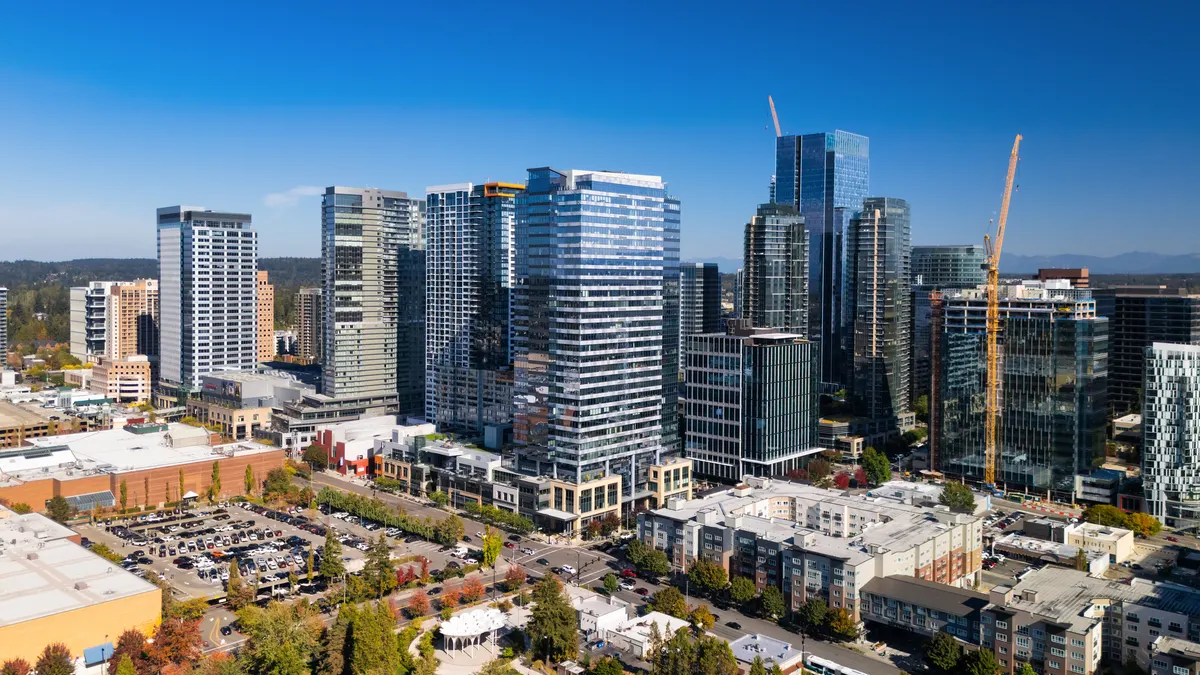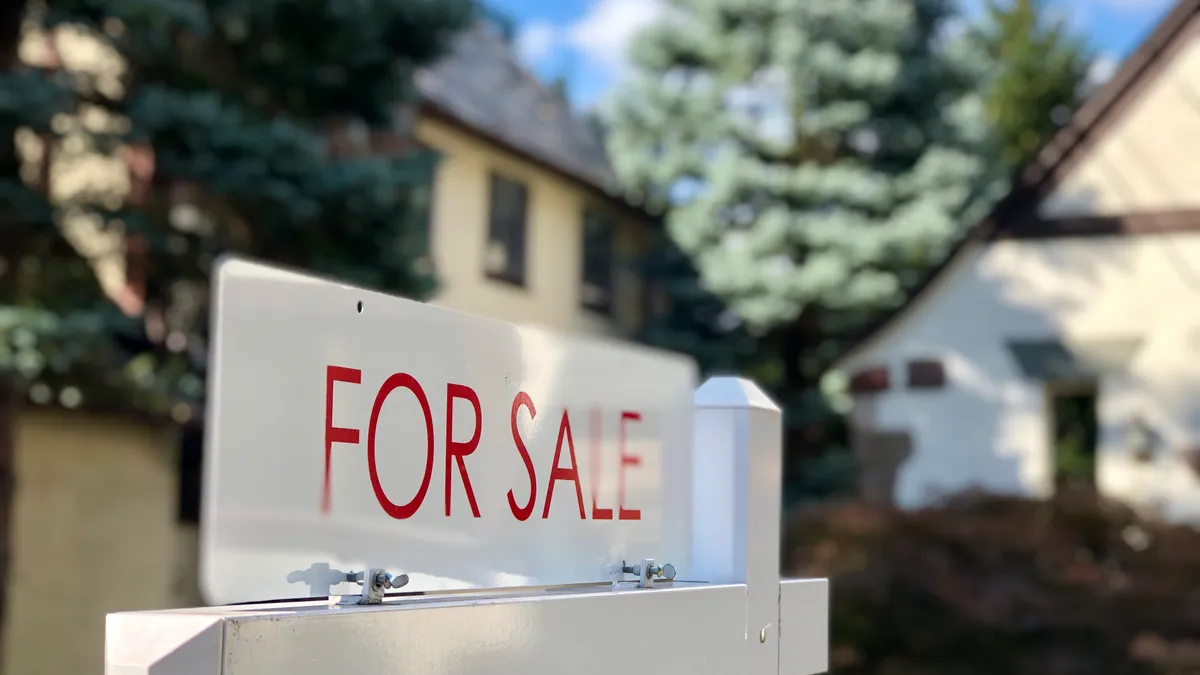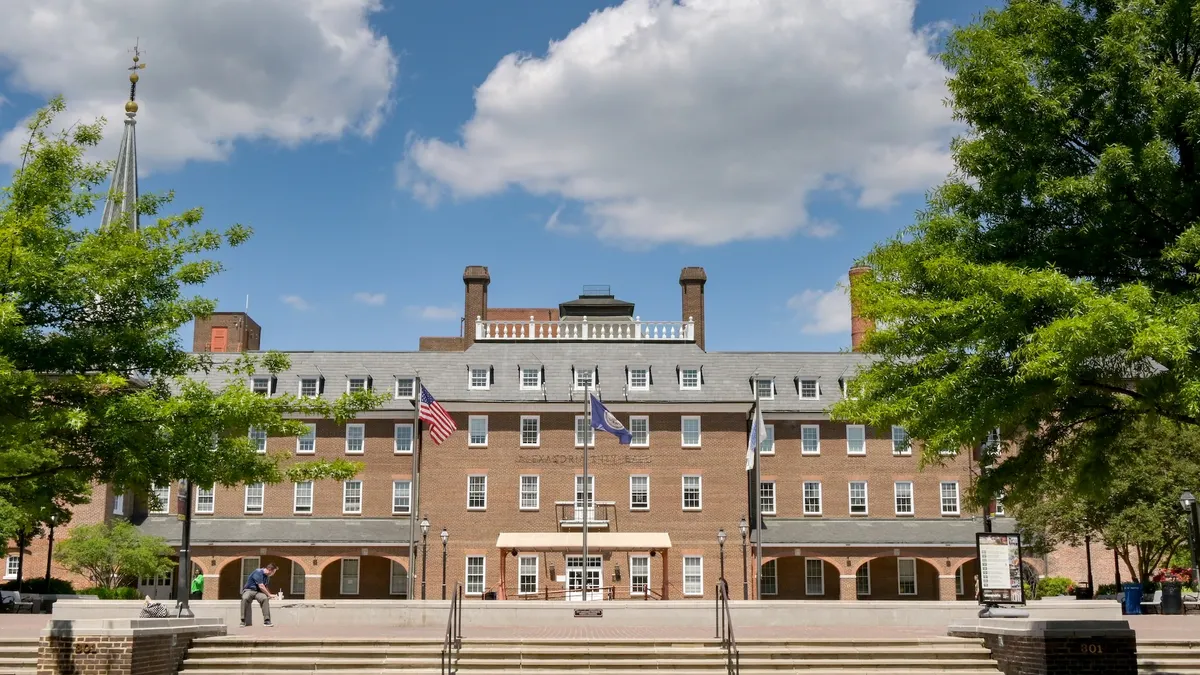The economy of Santa Monica, California, dependent on tourism, retail and business services, took a particularly hard hit during the coronavirus pandemic. Revenue quickly dried up and the city government was forced to reduce its workforce by 30%. Meanwhile, remaining staff transitioned to remote work, all while maintaining resident services.
But while some cities were caught off-guard by the pandemic's accelerated digitization of operations, Santa Monica's Chief Information Officer Joseph Cevetello said they were prepared for the once-in-a-lifetime catastrophe.
When Cevetello was appointed in 2016, he inherited a city government tied to desktop computers without wireless internet or much of a telecommuting policy. The city was also reliant on paper contracts, even for requests like booking tennis courts. Cevetello immediately got to work modernizing operations and soon implemented a Strategic Technology Plan, which included setting goals around digitizing city services and creating a so-called "Digital City Hall."
Smart Cities Dive caught up with Cevetello to discuss his digital strategy, the latest with Santa Monica's efforts to become more technology-focused, and what the future holds for his team as the city reopens.
This interview has been edited for clarity and brevity.
SMART CITIES DIVE: How did you go about creating the "Digital City Hall" concept?
JOSEPH CEVETELLO: Based on the strategic technology plan, we realized that we needed to become a data-driven government. We wanted to also become more efficient and get rid of some of these paper-based processes. We actually call it the "total workplace initiative." We call it that [because] I wanted to give our staff the ability to work from anywhere, anytime, and have the same level of tools and provide the same level of support, whether they were at city hall or somewhere else.
For example, we have lots of contracts. Previously we would have a contract packet that was literally about 150 pages thick, and that used to be ferreted around between different offices, the city attorney's office, public works, finance, the city manager's office. They literally were contracts that were carried by somebody, a signature would get put on it, and then somebody else would bring it along to another office. We decided we would digitize that process and implement digital signatures. In the past two and a half years, we estimate we saved about 122,000 hours of staff time, just in digitizing that process. In other words, nobody needs to carry the contracts around anymore. If you take those 122,000 hours and you just do some rough math with an entry-level position in the city and the per hour cost of that, it's a saving of about $3.5 million.
It sounds fairly normal now, but I imagine it maybe was a little bit revolutionary back then. How did you go about breaking old habits?
CEVETELLO: In many ways, we were just drowning under paper and being a city that looks to lead on sustainability, it didn't make any sense. We're chewing up a bunch of paper, and yet, we're a city that's focused on environmental issues. We had to challenge a lot of assumptions. Any time you implement digital processes, or use tools like ServiceNow or DocuSign, I think it's an opportunity for you to rethink your processes. In other words, you don't just lift what you do on paper into the digital world. If you do, then you're not gaining efficiencies and you might actually be making things worse. We spent a lot of time rethinking processes and saying, "Do we really need to do this in this way? How do we change it? And how does technology support it?"
Is there any process in particular that has become more efficient?
CEVETELLO: Like many cities, we have a 311 app. And our 311 app was implemented, like so many things in the city before I arrived, as a standalone thing. It was not very well designed and didn't integrate with anything … I saw that, and I thought, "This is a disaster." I challenged ServiceNow to help us come up with a solution for that, and they worked with us to help create an app … Now we have an integrated app that ties into everything we do.
It makes sense now. You open up the case, it stays open. The people in public works can go fix that pothole, take a picture of it, and when they close it, send it back to you and you can see that it's been done. The nice thing about it is it's completely integrated with everything else we do in our workflow system. We can report on it, and we have metrics we can get greater insight on. The process was definitely not great. The technology supporting the process was not great. And now we've been able [to] pretty quickly and with very low cost, integrate our systems because we had placed our bets on the ServiceNow platform.
You mentioned part of your workplace initiative was the ability for city staff to work properly from anywhere without interruption in service. What impact did that have, especially last year?
CEVETELLO: When the pandemic hit, we got lucky. I always think of the comment that [former baseball executive] Branch Rickey once said about luck. He said, "Luck is the residue of design." We had been implementing this thing for a while, and the pandemic hit, and it was the perfect solution for the pandemic, not because we were anticipating a pandemic, but because we got lucky. We were really well set up for it. We literally went from about five people teleworking to 800 in 36 hours. Now, that sounds incredible and unbelievable. But it worked because we had all the infrastructure, all the technology in place. I know from a lot of my colleagues in the area, they weren't set up for this. They were scrambling for technology; they were trying to find computers. We were able to make things happen very quickly.
The city had a workforce reduction, but you managed to maintain a strong level of service for your residents. How did you mitigate the loss of staff and keep service up?
CEVETELLO: I already had a lean organization, so cutting my organization by 30% was quite painful for us. But the interesting thing to that was, all the other parts of the government had to cut by that amount, and they were looking to technology to make up for that loss. So ironically, we cut 30% but we also picked up a lot of work and we had to digitize a lot of things, because suddenly, we weren't open. We weren't asking people to come to city hall, but we still had to deliver permits and any other things that people come to city hall for, whether it's code enforcement or parking.
That's where we said, "Alright, let's leverage the tools that we have" … Leveraging technology helped us provide those services. Ironically, the pandemic and the reduction in workforce, helped us accelerate our digital efforts because a lot of the barriers were removed. The biggest barrier for me digitizing things or moving things into the digital realm is usually people’s resistance to change. When you have a catastrophe and you don't have enough people to do the work and you want to stay open so you can pull in revenue, it removes a lot of barriers and lets you move forward.
California Gov. Gavin Newsom has said the state is now reopened. What have you learned from the pandemic, and what kind of lessons will you take as we move forward?
CEVETELLO: It's going to be more flexible, so we're allowing our staff to have a flex schedule, meaning some on-site, some remote. Every department can figure out what works for them. But it's very clear that we're not going to come back to just working five days a week on-site. If anything, I think our workforce has been more productive remotely than they were face to face.
And the ironic thing about that is previous to the pandemic about two years ago, we were anticipating telework because we had the technologies and the whole idea of total workplace anytime, anywhere. Each telework document was 42 pages of what you could do and what you couldn't do and procedures and policies, and then the pandemic hit. And everybody just started working remotely, nobody paid attention to the 42 pages, and we were very productive and kept the city running with a reduction in workforce. When we thought about coming back, we said, "Okay, we don't need a 42-page document anymore. We do a two-page document. People know how to do this."





















